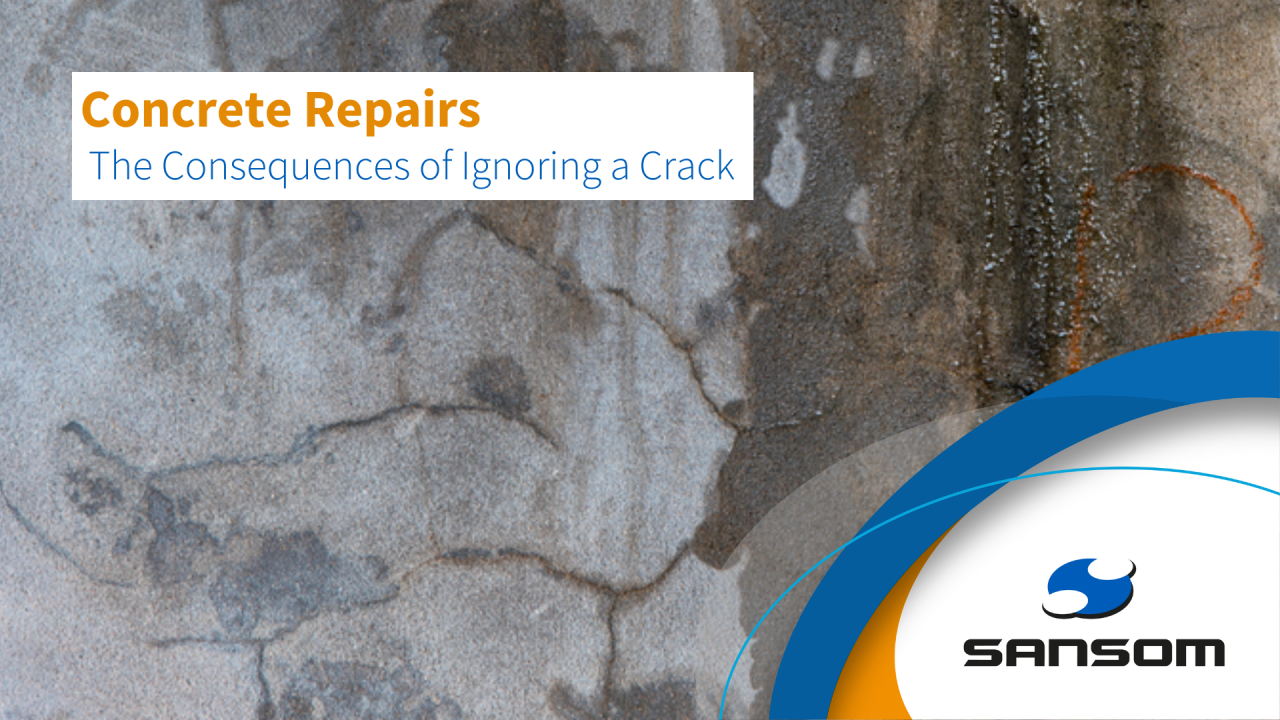Concrete is widely used in building construction as it is a durable and long-lasting material. However, under certain circumstances, concrete can also be vulnerable to damage. Several factors such as environmental conditions, design flaws, improper installation or maintenance practices, and physical impacts can all contribute to the degradation of concrete over time. In this context, identifying the causes of concrete damage is crucial for ensuring its longevity and preventing costly repairs. This article will delve into the common culprits behind concrete damage to help you understand why it happens and how you can avoid it.
I. Weather Conditions
Weather conditions are one of the most common culprits of concrete damage. Extreme temperature fluctuations, especially freeze-thaw cycles, can cause cracks and fissures in concrete structures. When water penetrates the surface of the concrete and then freezes, it expands and causes pressure on the surface. Over time, this repeated process can lead to significant damage.
Freeze-thaw cycles
Freeze-thaw cycles are a common cause of concrete damage in colder climates. These cycles occur when moisture penetrates the concrete surface and freezes, causing expansion that can crack or weaken the concrete structure. When temperatures rise, the ice melts and causes contraction, which can worsen existing cracks and further weaken the structure.
High-temperature fluctuations
High-temperature fluctuations are a common culprit of concrete damage. When concrete is exposed to high temperatures, it expands, and when the temperature drops, it contracts. Over time, this constant expansion and contraction can lead to cracks in the concrete, which weaken its structure and make it more vulnerable to other forms of damage. If you are facing such kind of damage Slabjack Geotechnical help to fix any concrete issues.
Acid rain
Acid rain refers to rainfall, snowfall, or dew that has an acidic pH level due to the presence of high amounts of sulfur dioxide and nitrogen oxide emissions in the air. These emissions come from burning fossil fuels such as coal and oil by industries, automobiles, and power plants.
II. Chemical Exposure
Chemical exposure is another common cause of concrete damage. Concrete surfaces are often exposed to various chemicals such as acids, salts, and solvents that can break down the structure of the material. These chemicals can come from a variety of sources including industrial processes, cleaning solutions or even natural sources like seawater.
The effects of chemical exposure on concrete can vary depending on the type and concentration of chemical involved. Some chemicals attack the surface layer causing cracking and scaling while others penetrate deeper into the concrete leading to corrosion of steel reinforcements within it. Chemicals like chlorides are particularly damaging as they accelerate corrosion which weakens the structure over time.
Preventing chemical damage requires proper selection and use of materials during construction, regular inspections to detect any signs of damage early on and taking steps to limit exposure to harmful chemicals wherever possible. Additionally, protective coatings or sealants can be applied to concrete surfaces exposed to aggressive chemicals in order to minimize their impact.
III. Construction Materials And Methods
Concrete is a widely used construction material because of its durability and strength. However, it can still suffer from damage caused by various factors. One common culprit is the presence of water, which can penetrate the concrete and cause it to deteriorate over time. When water freezes and expands within the pores of the concrete, it can lead to cracks and other forms of damage.
Another factor that contributes to concrete damage is exposure to chemicals. Chemicals such as acids or salts can react with the cement in concrete, causing it to weaken or crumble. This type of damage is commonly seen in structures exposed to seawater or road salt.
IV. Physical Impact
The physical impact is another common cause of concrete damage. This could be due to a range of factors, such as vehicular traffic, heavy machinery or equipment, and even accidental collisions. Concrete that is subjected to regular physical impact will start showing cracks and fractures over time. Additionally, the severity of the damage can also depend on the force and frequency of the impacts.
One way to prevent physical impact from causing significant damage to concrete structures is by ensuring proper structural design during construction. Engineers can incorporate additional reinforcements that can help absorb any shock or pressure caused by heavy loads or vibrations. Regular maintenance checks are also essential in identifying early signs of wear and tear, which will allow for timely repairs before the damage worsens.
Conclusion
In conclusion, there are various causes of concrete damage that can be attributed to common culprits such as freeze-thaw cycles, alkali-silica reaction (ASR), and carbonation. Freeze-thaw cycles occur when water seeps into the concrete’s pores, freezes and expands causing cracks on the surface or weakening its structural integrity. On the other hand, ASR happens when aggregates mix with cement producing a gel-like substance that expands as it absorbs moisture leading to cracking and spalling.
Carbonation is another culprit that leads to the deterioration of concrete structures. This process occurs when carbon dioxide reacts with calcium hydroxide in cement forming calcium carbonate which weakens the structural integrity of the concrete over time. Other common culprits include weathering due to exposure to harsh environmental conditions like heavy rainfall or high temperatures.
It is worth noting that while these are some of the most common causes of concrete damage, preventive measures such as regular inspections and maintenance can help mitigate their impact on structures. Addressing any signs of damage early through repair or replacement can go a long way in prolonging the lifespan of concrete structures and minimizing potential risks associated with their collapse or failure.


